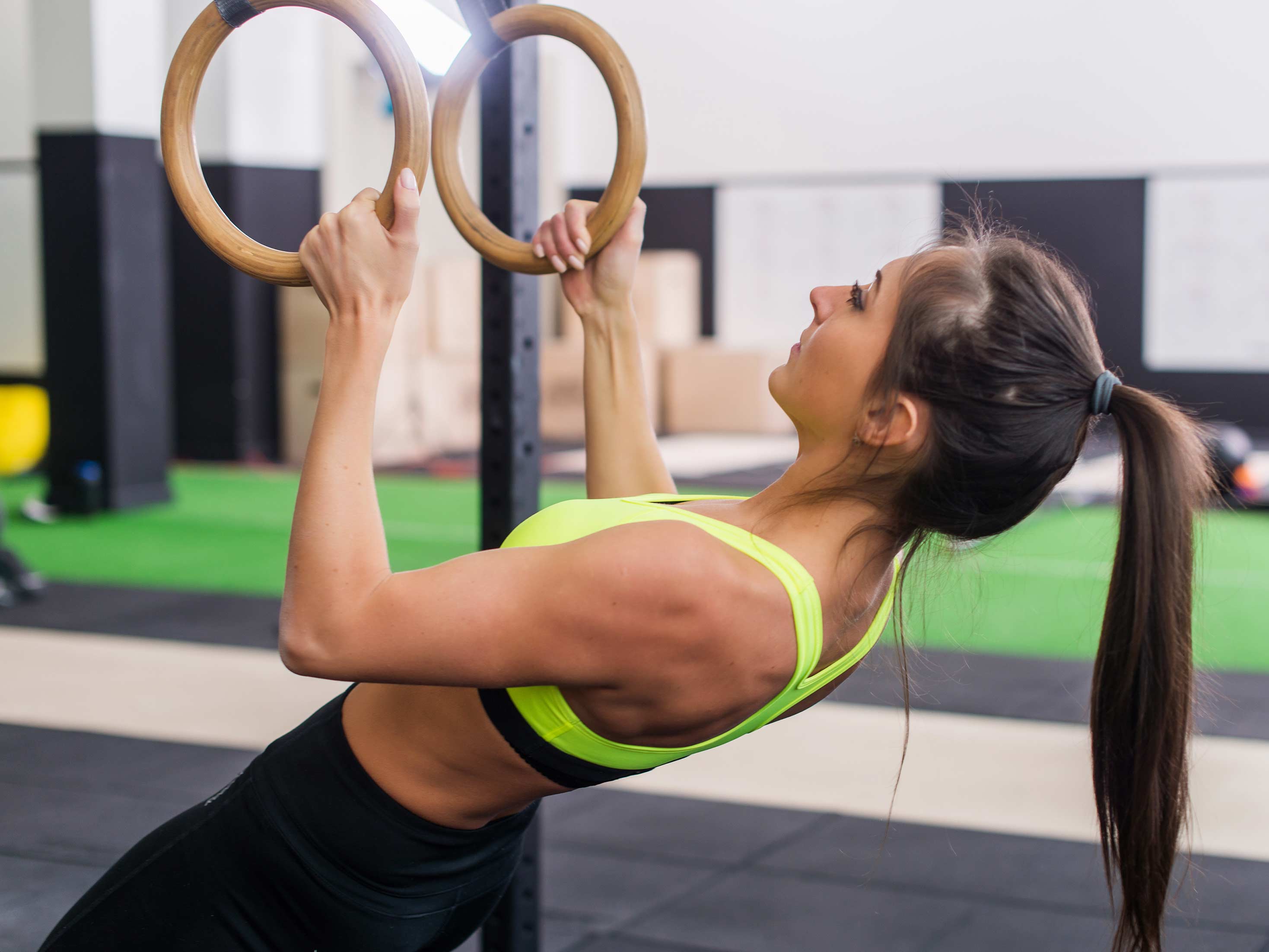Get Easy Health Digest™ in your inbox and don’t miss a thing when you subscribe today. Plus, get the free bonus report, Mother Nature’s Tips, Tricks and Remedies for Cholesterol, Blood Pressure & Blood Sugar as my way of saying welcome to the community!
Super strengthening pull-ups

It is safe to say that many people, both young and old, could do well by developing their overall strength. Many people, however, are unable to lift their own bodyweight. Plus, strengthening exercises are especially beneficial for improving bone density in women. We should all want to improve our quality of life, and much of this hinges on being able to carry out normal or more vigorous activities. These include simple things like lifting boxes and moving furniture, to more active things like rock climbing or taking a Pilates class. And let’s hope you don’t take a fall and can’t push or lift yourself up.
Today my friend and trainer Alan Orr is sharing with us a simple bodyweight exercise that is fun and does a great job of toning and strengthening the grip, arms, back, and buttocks. Being able to lift your own body is essential to quality of life, and to overall fitness, and this one exercise improves several muscle groups that help you do so.
Lifting your bodyweight
The reason many people have difficulty lifting their own body weight is because from childhood most are not taught how to do this. We see kids on the playground playing on the monkey bars and many not being able to do pull-ups or climb the fire pole or cross the monkey bars, hand to hand. They are taught how to isolate muscle groups and use a weighted bar or machine to strengthen it.
Biceps curls and leg extensions are good examples of this. There is nothing wrong with developing isolated muscles groups, but for overall fitness and improved body tone, body weight exercises are key. Exercise methods like Pilates and products like the Total Gym are fine ways to develop strength by lifting your bodyweight. Time and money are often a concern, and so today’s “parallel pull-ups” exercise will take you a long way toward bodyweight fitness with no cost and only a little time.
Parallel pull-ups
Parallel pull-ups are a great bodyweight exercise. In this video, Alan uses a weight lifting devise to do the exercise. But all you need is a stable bar that is higher than your waist. You can easily use the monkey bars or climbing bars at a local playground or park. In a pinch, you can even sit under your desk or dining table, hold on to the edge, and use that, too.
What to do
Simply sit under a fixed bar, butt on the floor, knees bent with feet flat. The bar should be above your head within arm’s reach. Grab the bar with both hands, held about shoulder’s width apart. You want your palms facing out to do the pull-ups (rather than palms facing in, which is for chin-ups).
Raise your hips as high as they will go, squeezing your butt as you do so. Then do a pull up to lift your chest up to the bar. Slowly go back down to starting position.
This seemingly simple motion creates a wave of muscle, joint and energy movement in the body. You drive your hips up, working your glutes; then lift your back and pull up with arms, working your arms and chest.
The key is to keep a neutral spine throughout the movements. This means that you don’t want to try and lift your chin up over the bar or arch your back too much. And don’t wiggle or twist during the movement. Yes, this will make it easier to do, but it’s best to do it correctly for best effect.
Again, you want to drive up your hips, raise your chest and hold yourself up.
The slower you do it the harder it will be. When you first start doing these parallel pull-ups you can do them a little bit quicker. But as you get more toned and coordinated, slow down the pace for greater strength and development.
If you want to work your tensile strength, you can rise up and hold for a count of two, then release back down. This is adding an isometric component to the exercise, thus making it a bit more challenging.
Do 10 reps several days per week and you will see great improvements in your overall strength and muscle tone, and make strides towards being able to lift your own bodyweight for improved quality of life.












